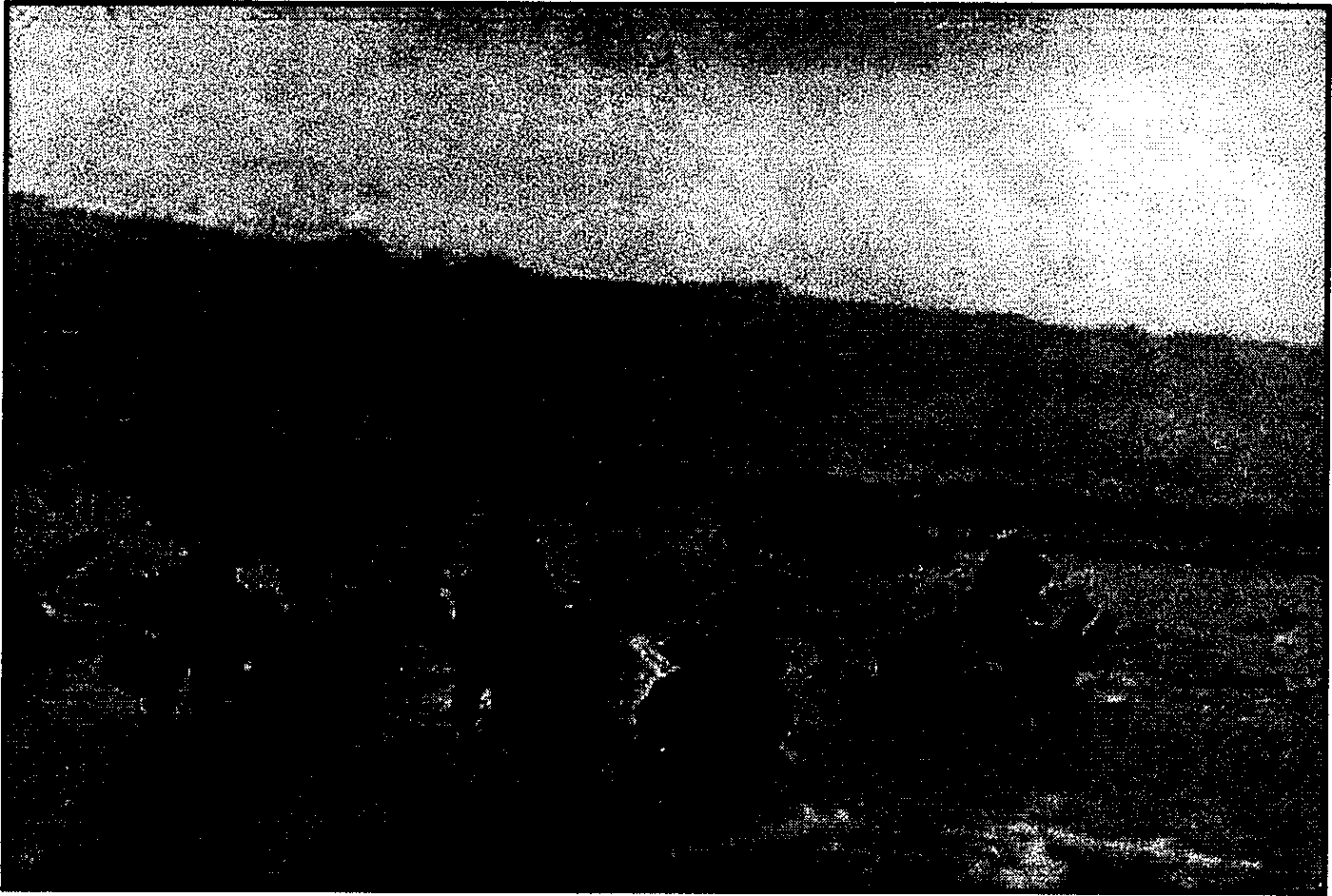Americans. Bodies lay on the beach or floated in the water. Men sought refuge behind beach obstacles, pondering the deadly sprint across the beach to the seawall, which offered some safety at the base of the cliff. Destroyed craft and vehicles littered the water's edge and beach, and at 0830 hours all landing ceased at Omaha. The troops on the beach were left on their own and realized that the exits were not the way off. Slowly, and in small groups, they scaled the cliffs. Meanwhile, navy destroyers steamed in and, scraping their bottoms in the shallow water, blasted the German fortifications at point-blank range. By 1200 hours German fire was noticeably decreased as the defensive positions were taken from the rear. Then one by one the exits were opened.
Men of the 16th Infantry Regiment, loaded down with weapons and explosives, rush toward the shelter of amphibious "DD" tanks at the water's edge, Easy Red sector
r
By nightfall the 1st and 29th divisions held positions around Vierville, Saint-Laurent, and Colleville—nowhere near the planned objectives, but they had a toe-hold. The Americans suffered 2,400 casualties at Omaha on June 6, but by the end of the day they had landed 34,000 troops. The German 352nd Division lost 20 percent of its strength, with 1,200 casualties, but it had no reserves coming to continue the fight.
